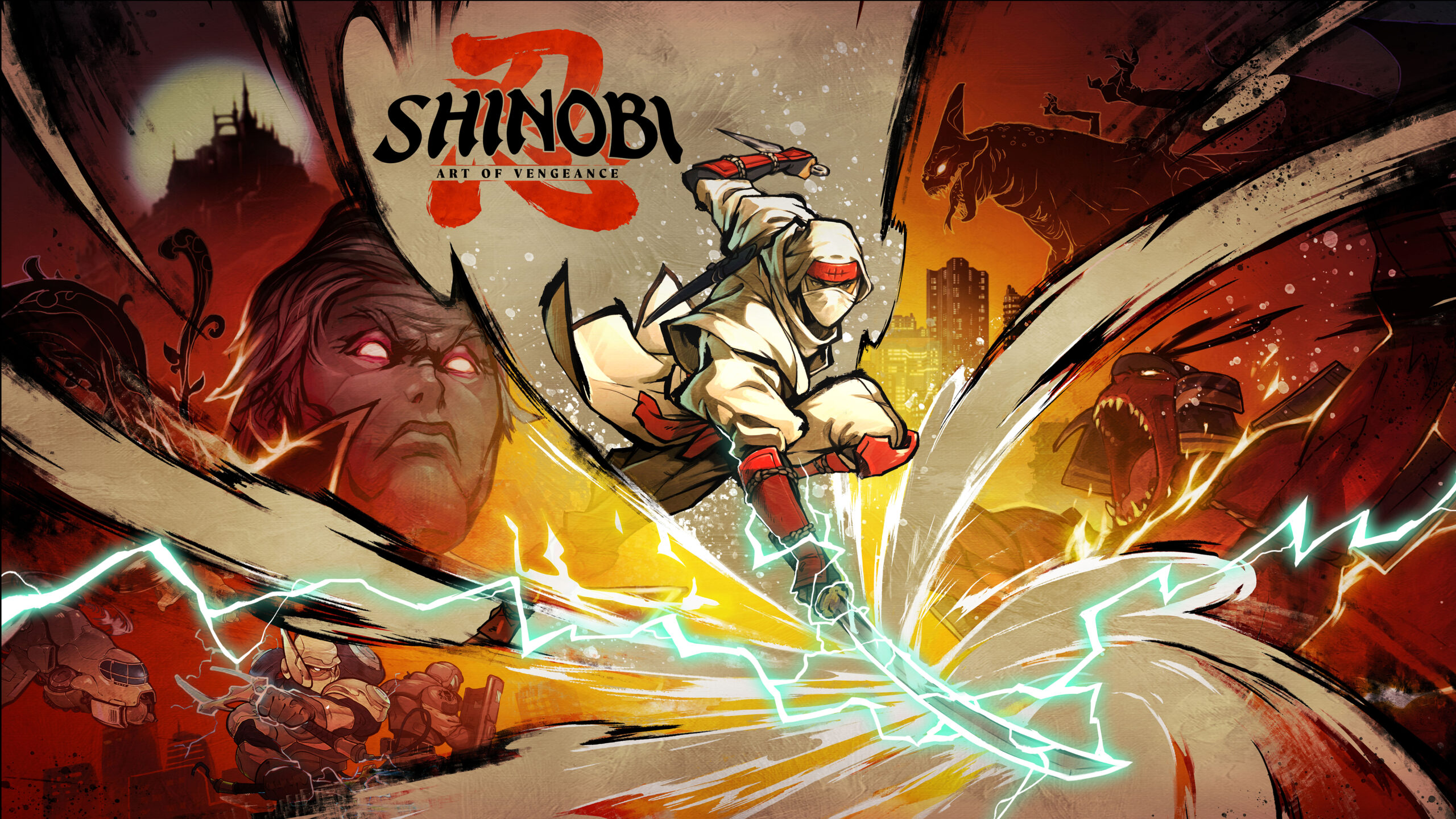
Shinobi: Art of Vengeance Review
- Hashem Habibian
- 2025-09-10
- 8:52 pm
Publisher: SEGA
Developer: Lizardcube
Release: Aug 29, 2025
Reviewed on: PS5
For those who grew up playing on the Sega console and spent countless hours with the classic Shinobi series, the announcement of a new Shinobi game in the Metroidvania genre was probably the best news they could have hoped for. But now the real question is: Has Sega successfully reimagined Shinobi with a modern gameplay style—one that both satisfies longtime fans and captures the interest of a new generation of gamers? In this article, I’ll be exploring just how well Sega has succeeded with Shinobi: Art of Vengeance.
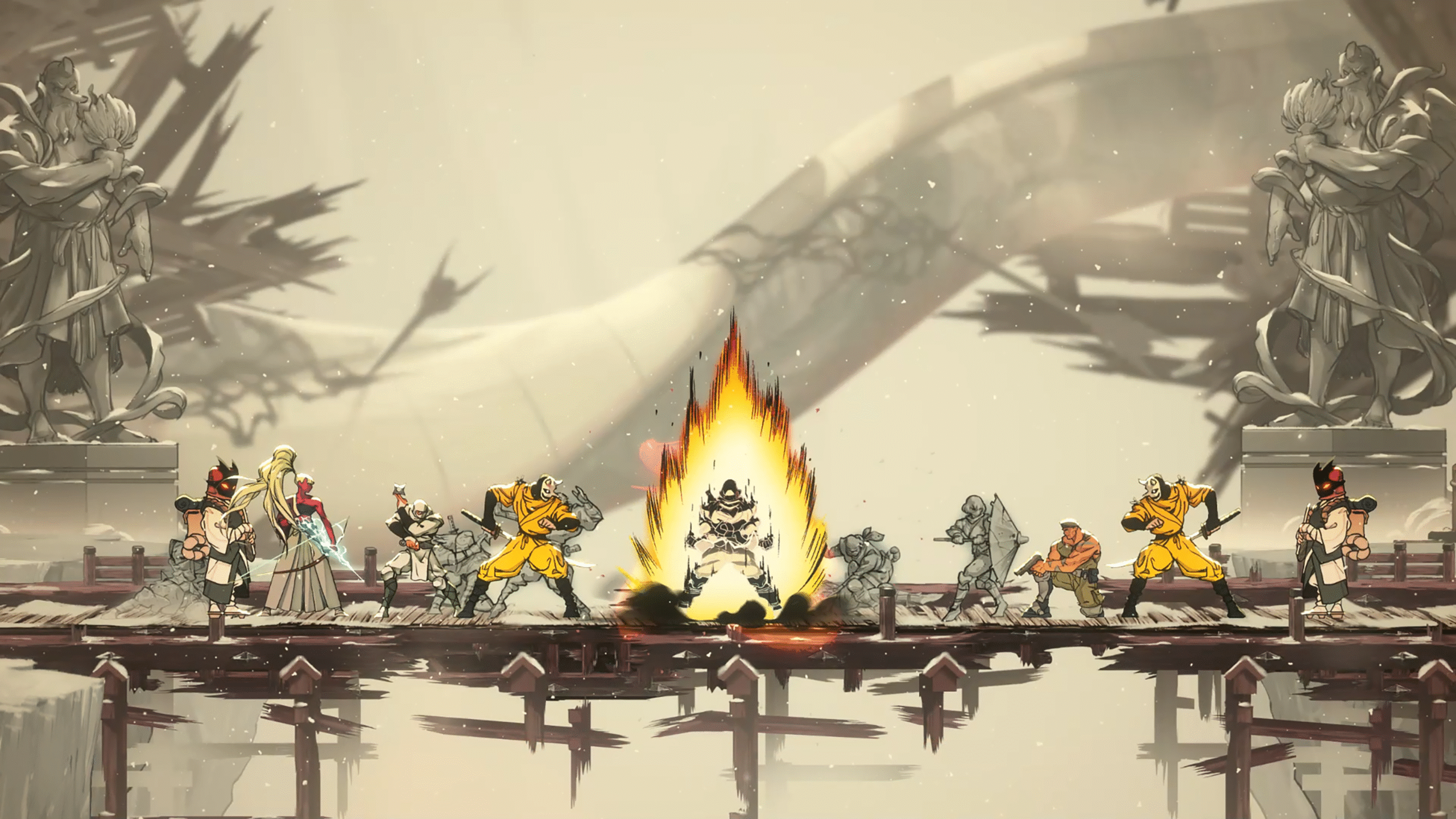
From a narrative design perspective, Shinobi remains faithful to its classic predecessors—a choice that, in my opinion, feels more like a weakness than a strength. Before the sixth console generation, storytelling in video games was rarely a major focus, and few titles took narrative design seriously. Today, however, releasing a proper Metroidvania means your game will inevitably be compared to heavyweights like Hollow Knight, Blasphemous, and Ori—titles that combine exceptional gameplay and platforming with masterfully crafted stories.
Despite being developed by the team behind Streets of Rage 4 and showcasing impressive gameplay design, Shinobi delivers a disappointingly shallow narrative. The protagonist, Joe Musashi, is reduced to vague vocalizations and a bare-bones storyline that offers little incentive to follow along. In fact, you’ll likely find yourself skipping through NPC dialogue sections altogether, preferring to get back to the action rather than slog through uninspired conversations.
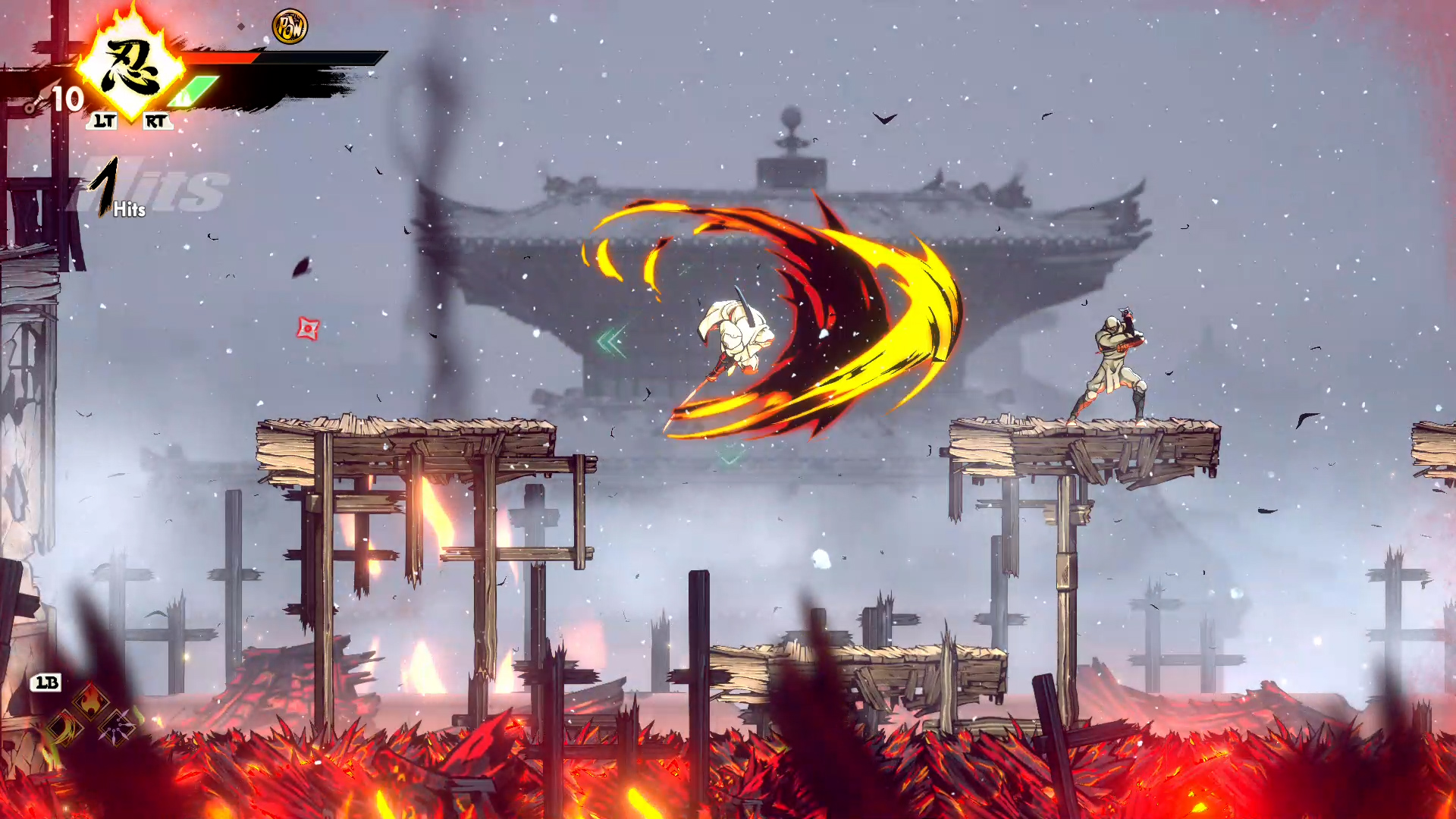
When it comes to gameplay, the story is completely different. The new mechanics, while staying true to the classic entries, fully reimagine the combat experience. Slick combos, a wide variety of upgrades, and diverse abilities ensure that the action never feels stale. Shinobi: Art of Vengeance not only nails its combat system but also delivers a minimalist Metroidvania structure that meets the core expectations of the genre.
That said, let’s set expectations: the skill tree depth and map design are nothing like the standout titles of the genre. You won’t be navigating an intricate, sprawling labyrinth here. Instead, the game opts for a more streamlined and accessible design, prioritizing satisfying combat over complex exploration.
When it comes to combat customization, Shinobi takes a different approach compared to 8th gen Metroidvanias and even earlier titles. Instead of offering an expansive array of interchangeable abilities, the game gives you a handful of single-slot skills. You can’t equip everything at once, so you’ll need to experiment with combinations to create a powerful build for your playstyle. At first, your options are limited, but as you progress, you can purchase new skills from the in-game shop—run by a boar-like vendor—that steadily expands your arsenal.
The store also offers numerous passive abilities, allowing you to enhance the protagonist’s powers over time. The result is a combat style that feels like an elegant ninja dance, with a focus on speed, precision, and fluidity. Some abilities even come with prerequisites, like avoiding damage to trigger them, which pushes you to stay constantly in motion, both in the air and on the ground, while chaining attacks.
For example, a newly purchased skill might require you to land five consecutive hits without taking damage to activate. Even if you exceed that combo requirement, a single mistake will reset everything, forcing you to start over. This mechanic cranks up the game’s pacing to a frenetic level, keeping your fingers dancing restlessly across the controller at all times.
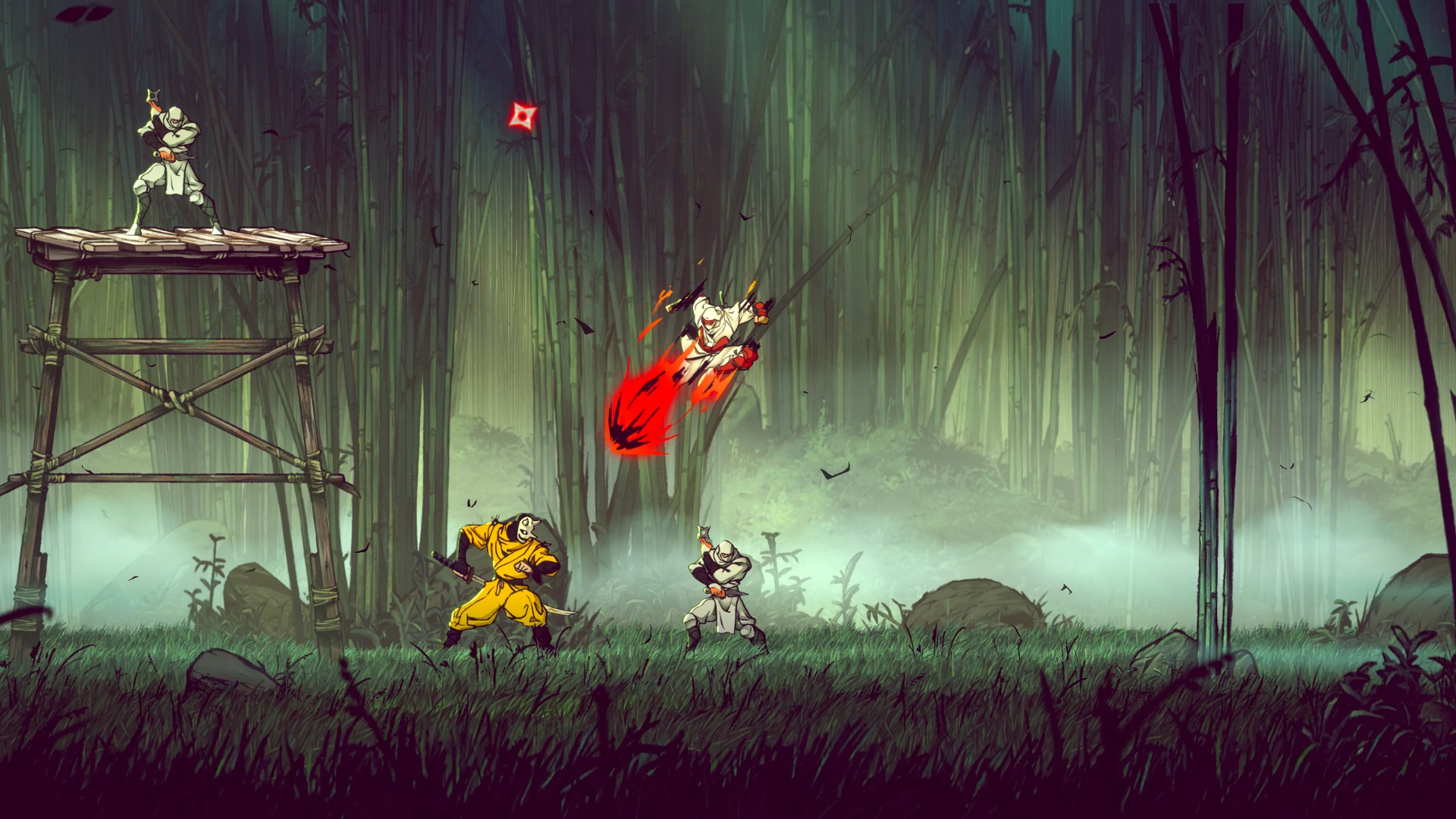
The game’s difficulty settings and built-in training arena make it far more accessible for players who might not have much experience with this genre or style of gameplay. Rather than feeling stuck or frustrated, newcomers are encouraged to enjoy the experience while gradually improving their skills.
Boss design, however, is a mixed bag. The developers’ insistence on staying faithful to the classic bosses and their move sets does succeed in evoking nostalgia for longtime fans, but it also means that many of these encounters don’t present much of a challenge for modern players.
In fact, it wouldn’t be an exaggeration to say that some of the game’s combat gauntlets—sections where you’re locked into a confined area and must fend off multiple waves of enemies—are far more difficult than most of the boss fights. These gauntlets are a staple of the Metroidvania genre, often rewarding players upon completion, and Shinobi doesn’t hold back here either, delivering tightly designed encounters that keep players engaged and tested.

Overall, Shinobi: Art of Vengeance delivers a minimalist Metroidvania level design paired with lively, fast-paced combat encounters that will have your fingers feeling like they’ve earned a black belt by the end of the game.
The soundtrack is every bit as impressive as the game’s updated visuals—a combination we’ve already seen from the team in Streets of Rage 4, so it’s no surprise they’ve delivered once again. The real standout, however, is the technical performance: even in the middle of intense, enemy-filled battles, the game runs smoothly without any noticeable frame drops. This polished technical execution is a key factor in maintaining the game’s brisk pacing and ensuring every fight feels exciting.
With Shinobi: Art of Vengeance, Lizardcube has proven that its success with Streets of Rage 4 was no fluke and that it was the perfect studio to revive one of Sega’s most iconic franchises. Their strong work here gives me hope that we might one day see a full-fledged modern revival of another beloved Sega classic: Comix Zone.
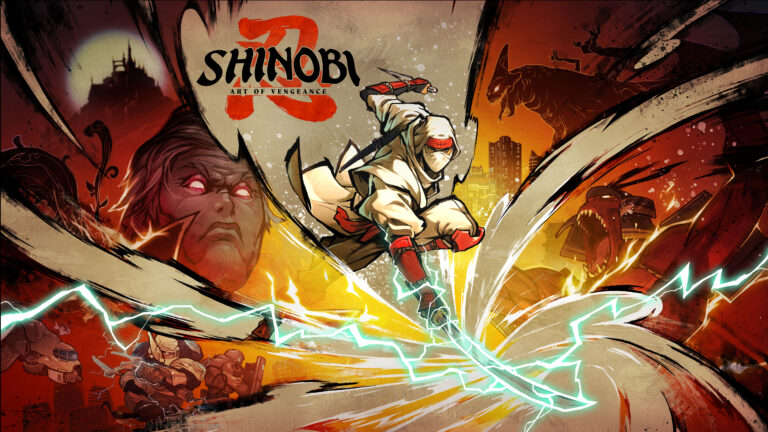
Shinobi: Art of Vengeance Review
With Shinobi: Art of Vengeance, Lizardcube has proven that its success with Streets of Rage 4 was no fluke and that it was the perfect studio to revive one of Sega’s most iconic franchises. Their strong work here gives me hope that we might one day see a full-fledged modern revival of another beloved Sega classic: Comix Zone.